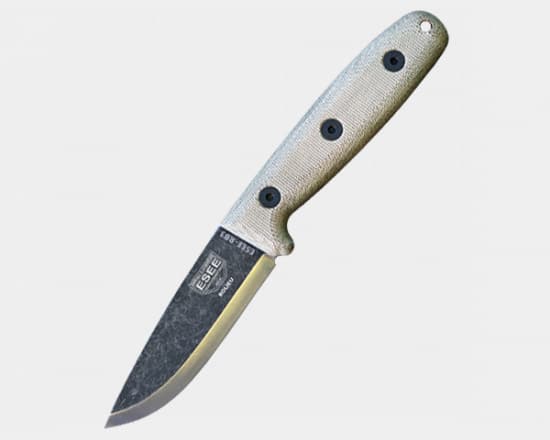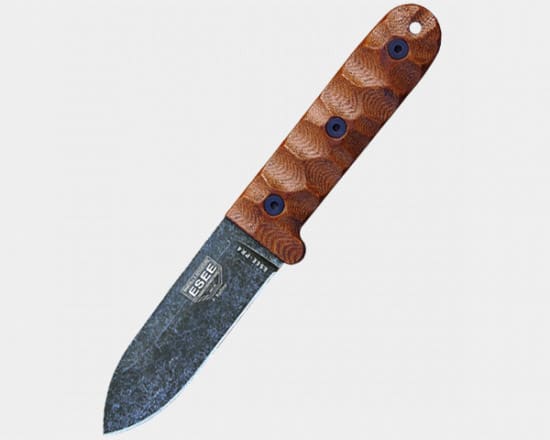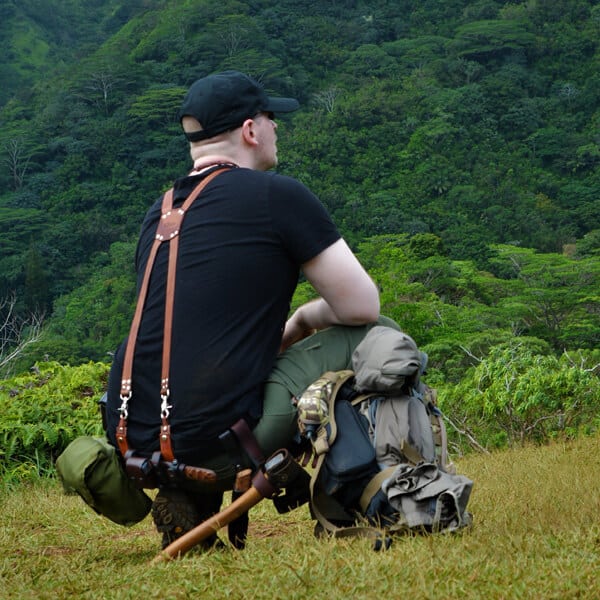Ultimate Survival Knife Pair? ESEE RB3 and PR4 Knives
January 21st, 2022
5 minute read
When it comes to survival, having the best possible knife for your circumstances can mean the difference between life and death. That’s a grim realization, but a true one. Relying on only one blade, however, may lead you to a false sense of security and a tough situation if it ever breaks.
Back in 2012, I was hiking through the woods and ended up a little out of place. The sun began to set, and I thought making camp would be a better option than trying to find my way back in the dark. So, I set to the task of shaping sticks properly to make stakes for my tarp.
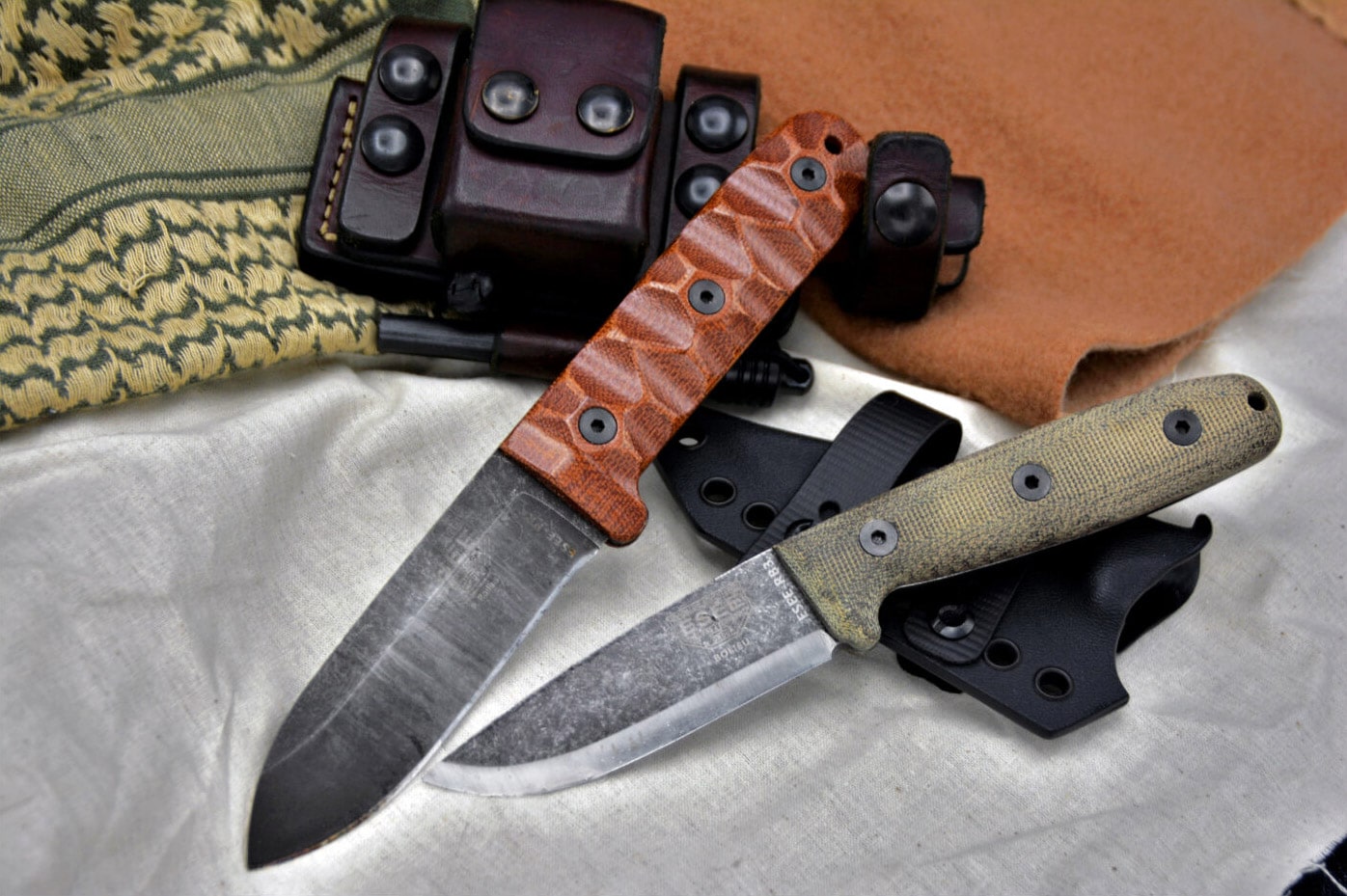
After a few quick stakes, I moved onto processing firewood and looked down to see only half of my knife! To this day I do not know where the front half of my knife went, or when it broke off. That was the day I learned that I needed a backup knife.
Dual Purpose
For me, I’ve found that using two knives for different tasks will allow me the ability to overlap them in case of emergency and reduce overall maintenance. I prep one knife for fine camp tasks such as making stakes, building wooden tools and creating feather sticks. In most cases, this is a thin blade, or a thick blade with a dependable grind. Scandi grind works incredibly well and requires little sharpening, but any knife a user can effectively wield will work.
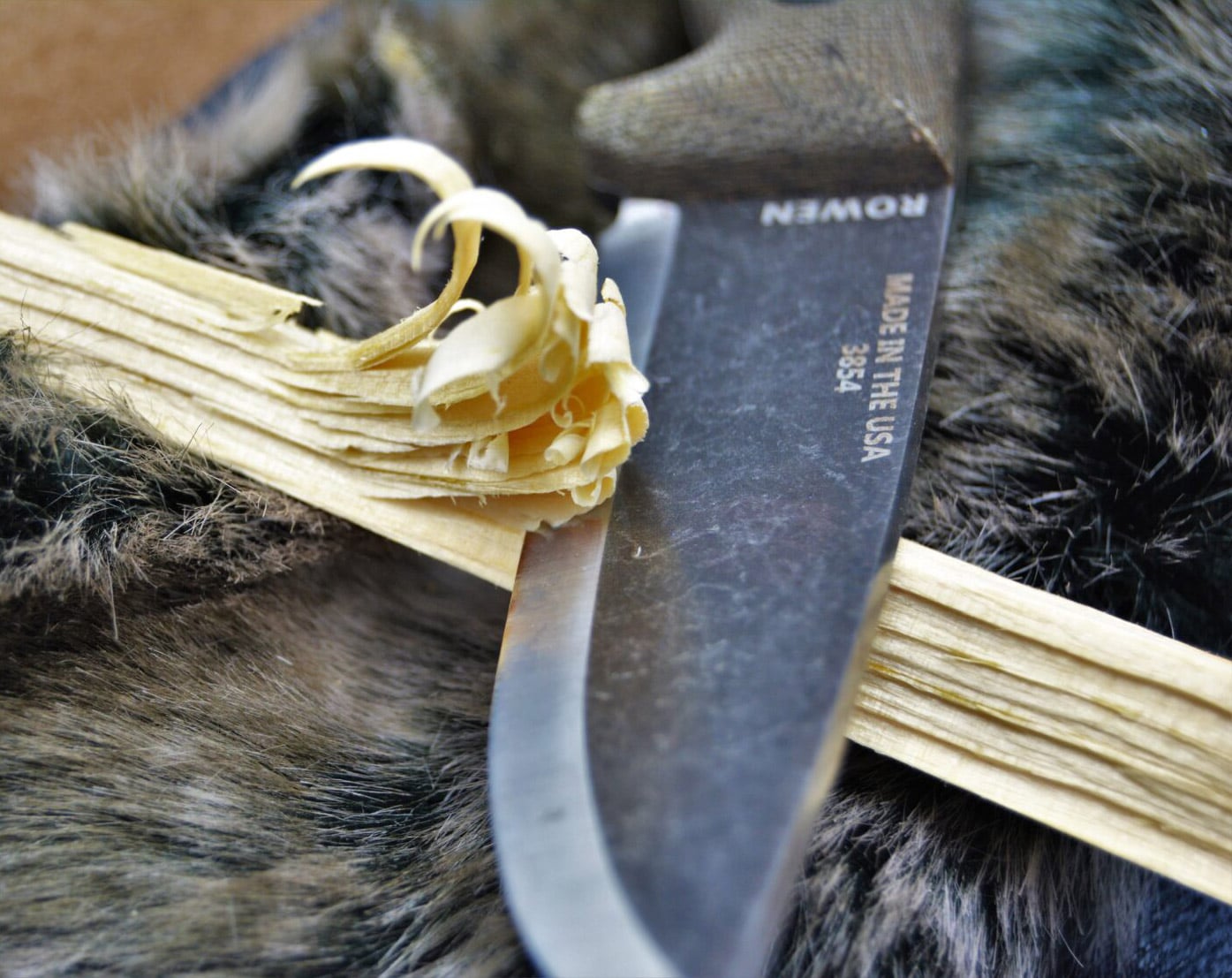
As a second knife, I carry a moderately sized one for harder jobs like trimming long branches, baton wood, and use as a chopper if needed. This type of blade is generally a flat or beveled grind and up to the task of taking a lot of pounding. It will often need more sharpening as it is used on harder tasks, often in lieu of a small hatchet.
What these two knives allow for is overlapping use. If one of these knives break, the other can fill in and still complete the task, even if not to the same level of quality.
Different Strokes
Reuben Bolieu and Patrick Rawlins are longtime friends of mine and the masterminds behind the RB3 and PR4 knives from ESEE Knives. They each have a style of camping and craft that is as similar as it is different. Because of these similarities and differences, their knife designs have gone in different directions.
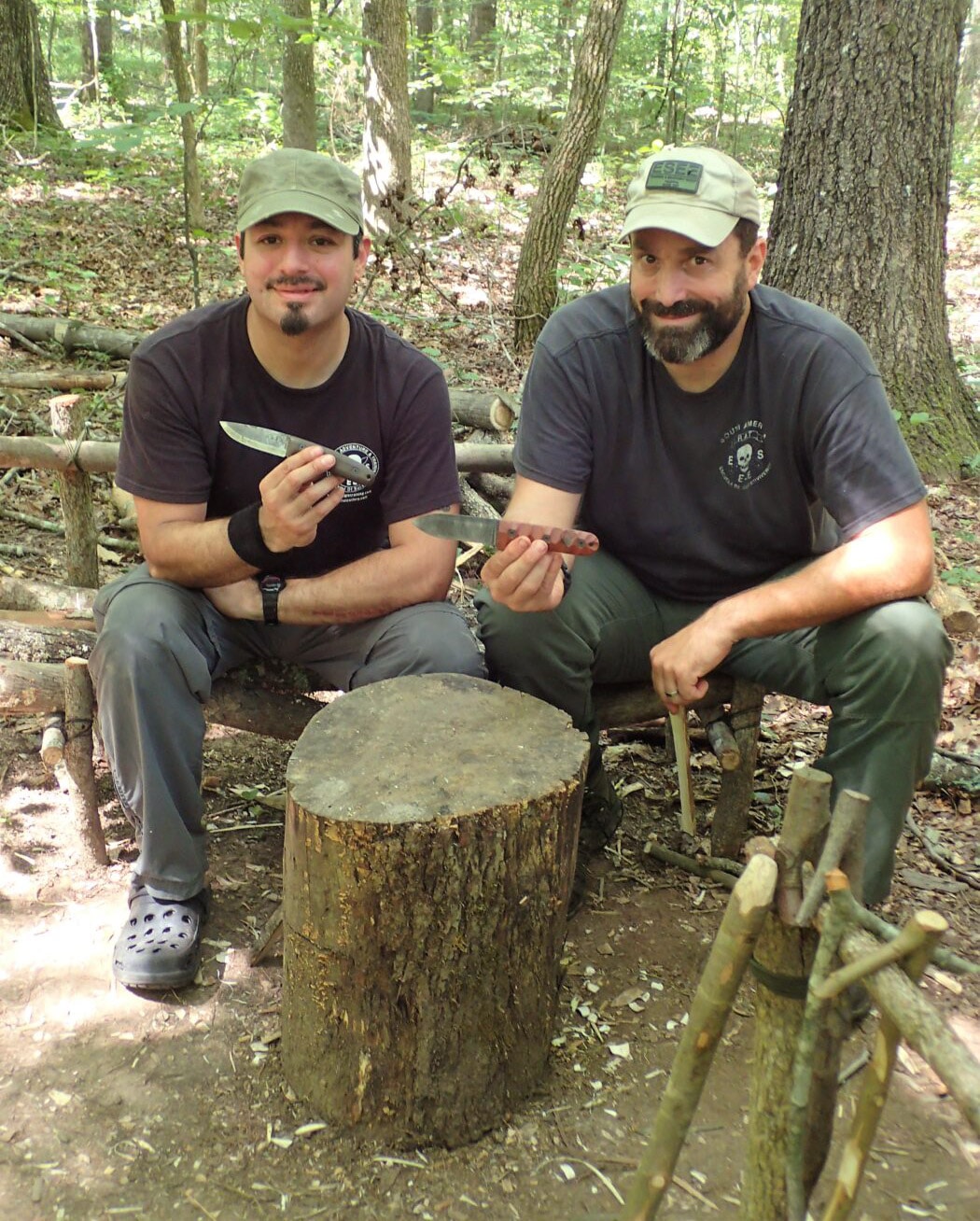
Reuben has been a fan of the Scandi grind knives and is partial to them for his own survival needs and fast-paced movements. Meanwhile, Patrick loves to set up a strong camp and continue to build it up to a very high standard. Neither is wrong, just different from one another.
The RB3
I also am a fan of Scandi grind knives for many reasons. One main reason is you don’t need to have some special grind or technique to become proficient. The Reuben Bolieu 3” (RB3) from ESEE Knives capitalized on that and offers a unique grip that allows for simple knife manipulation in all grip types.
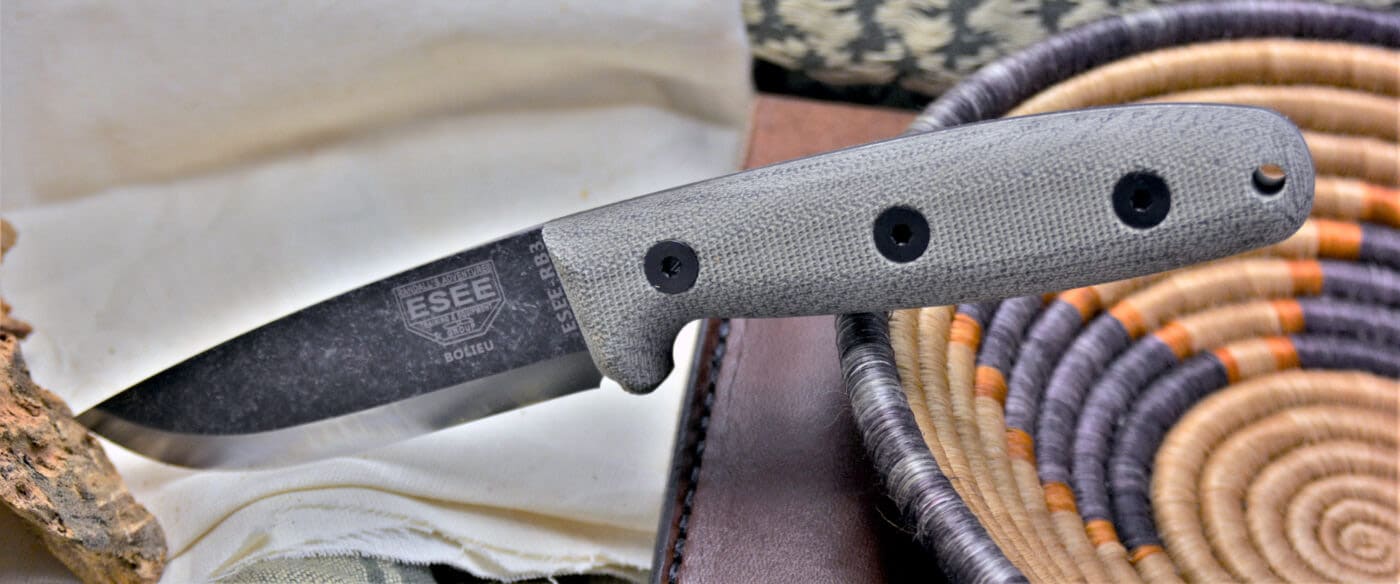
The RB3 has a 3” 1095 steel blade set in a full tang micarta handle. The more recently manufactured RB3 knives also have a 90-degree spine, which merely requires a simple flick when using a ferro rod. The handle stands out quite a bit as it has a meaty, round gripping surface. A continually tapering curve follows down the length of the tang.
Depending on what you need accomplishing, this knife will be able to dig deep or maintain a shallow slice into any material. The handle itself assists with being adaptable to any-sized hand with a firm and steady hold. Micarta handles grip well in cold and wet conditions, making this an idea knife for a survival situation.
The PR4
Having a workhorse knife is essential if you need to preserve the longevity of a fine-edged tool. While a singular knife can perform hard and fine tasks moderately well, it’s great to have a specific tool for each specific duty. In come the Patrick Rawlins 4” (PR4) workhorse.
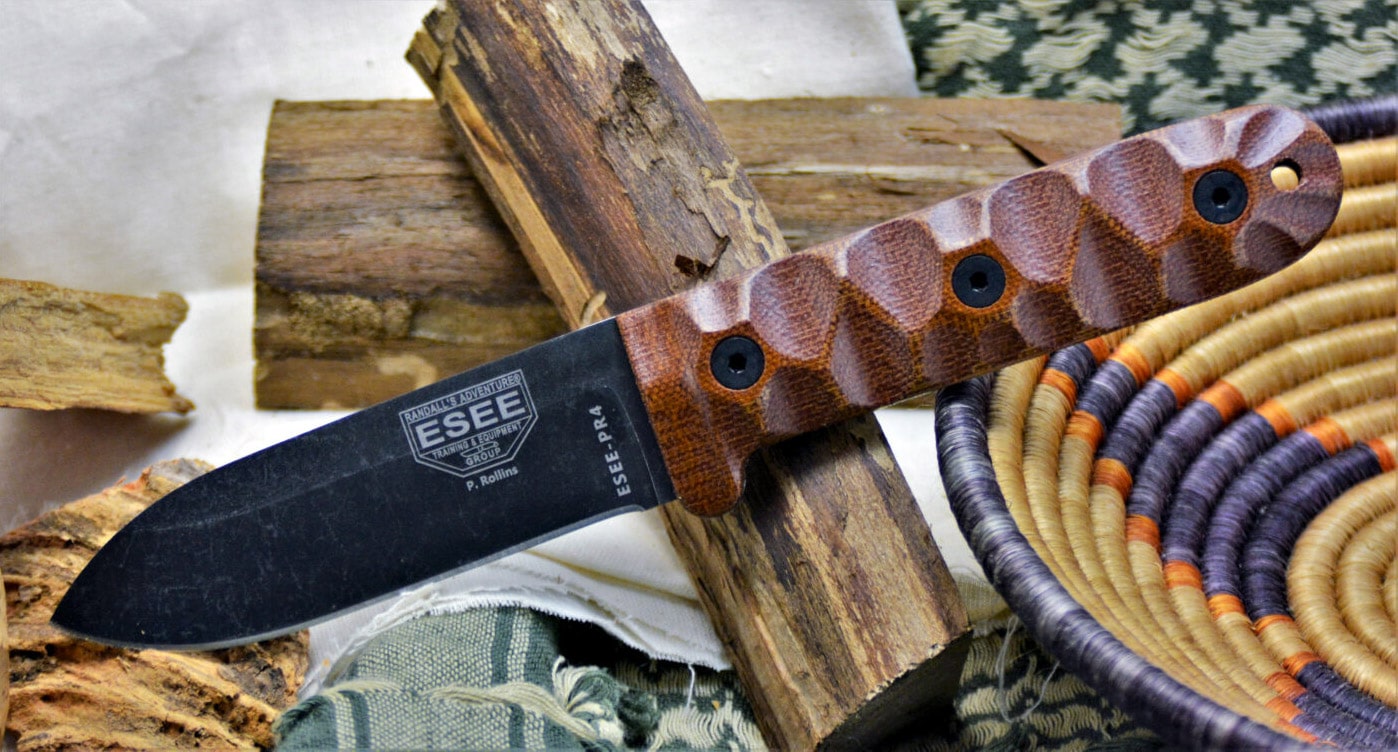
The PR4 is not any different in material, featuring a 1095 high carbon steel blade with a full tang construction and micarta handle. But the PR4 utilizes a unique design all to itself. It’s stick straight with a small integrated single quillon between the beaver-tail/Kephart tip and rounded grip end. It’s a flat grind blade that really shows off a simple curve with plenty of knife belly to use. Like the RB3, it also had a 90-degree spine for simple ferro rod use, while the handle is vastly different.
Micarta may be similar, but a smoother rock tumble style finish produces a very tall and narrow handle shape. It’s almost exactly the opposite of the RB3 but allows for a stronger grip with the fingertips. This means there’s no reason to rely exclusively on the thump and pinky for the majority of leverage.
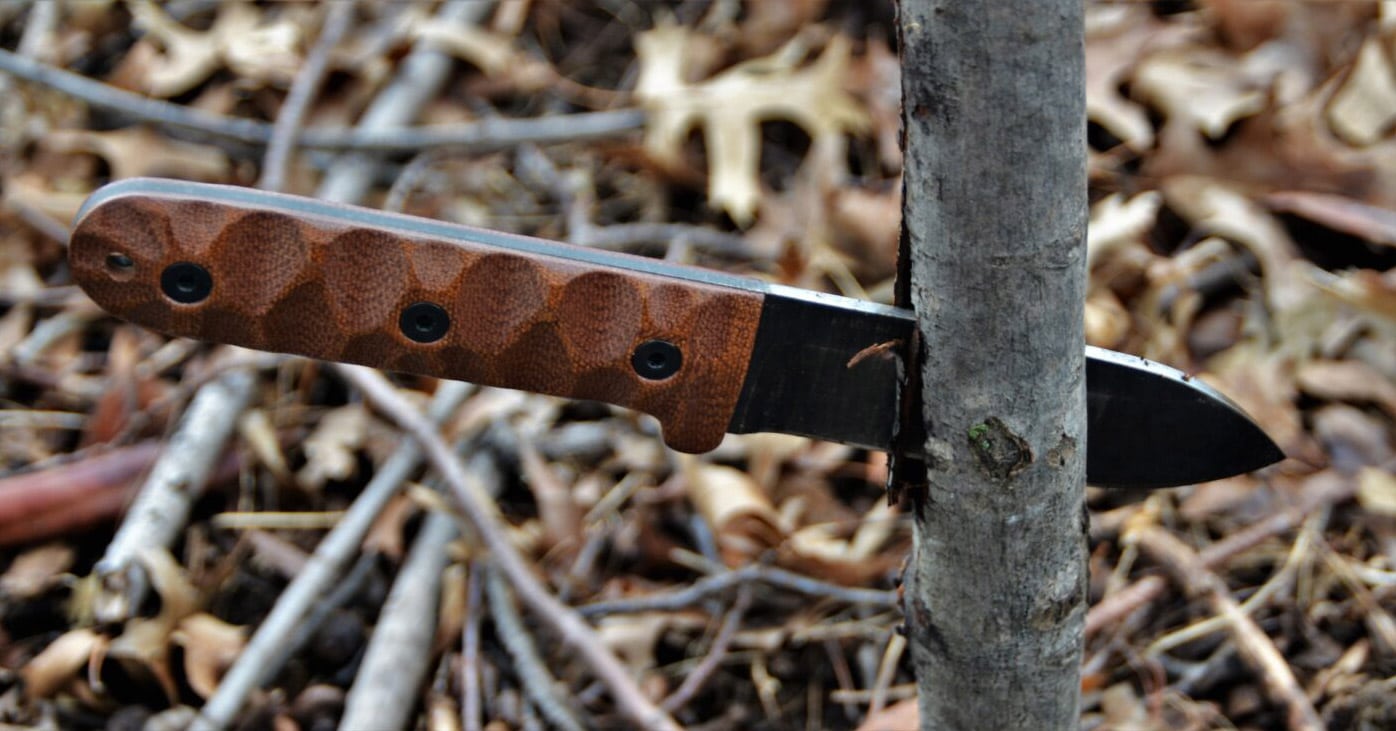
While the PR4 is more than capable of handling finer tasks, I find myself utilizing it more for major camp duties.
Conclusion
These two knives are great partners for any outdoor experience and are complete opposites that yet can accomplish the same task. In my opinion, they are the best pairing that can cover every knife need for a novice or experienced outdoorsman/outdoorswoman.
Both Reuben and Patrick have put a lot of work and focus into their designs. Each design is proven to be successful in the outdoors. Employ the two together and it could be the be-all and end-all of knife needs.
Editor’s Note: Please be sure to check out The Armory Life Forum, where you can comment about our daily articles, as well as just talk guns and gear. Click the “Go To Forum Thread” link below to jump in!
Join the Discussion
Featured in this article
Continue Reading
Did you enjoy this article?

 76
76




